Whether you’re a yakiniku enthusiast or simply curious about this mouthwatering dish, delve into our article to uncover the origins, cooking techniques, and regional variations that make karubi a staple in dining experiences across Japan. From its marbling perfection to grilling tips that enhance its savory goodness, there’s much to explore about karubi that will elevate your appreciation of Japanese culinary traditions. Dive in and savor the details!
What is Karubi?
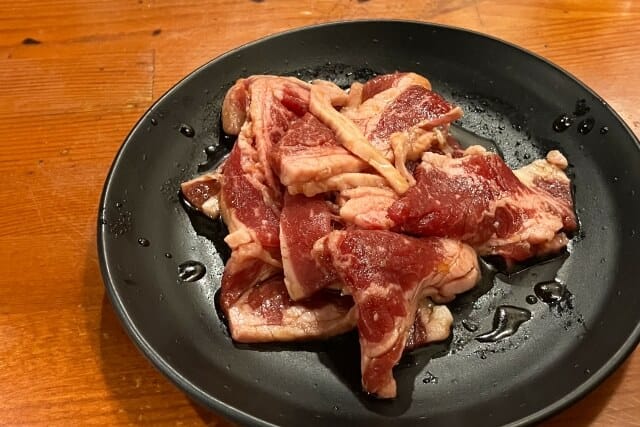
Saikyo miso karubi (カルビ) refers to a dish made with karubi, which is short ribs of beef, often marinated or seasoned with Saikyo miso. Saikyo miso is a type of sweet white miso from Kyoto, Japan. It has a mild and sweet flavor compared to other types of miso due to its high rice content and lower salt content.
Karubi, also famous as boneless short rib or flanken-cut rib, is a highly favored in yakiniku for its tenderness and rich juiciness. It boast more marbling compared to roast cuts. Karubi is a menu item in yakiniku restaurants, distinct from cuts listed in supermarkets or butcher shops. Kalbi refers to the meat around the ribs and is a staple cut for yakiniku (Japanese barbecue). You can find the rankings of different wagyu or beef here.
While it’s not officially defined as a specific cut, it generally refers to beef belly meat according to the National Yakiniku Association. Historically in Japan, yakiniku began with affordable cuts around the ribs, which became popular as kalbi due to their fatty richness. Interestingly, the term “kalbi” originates from the Korean word meaning ribs and the surrounding meat, reflecting its evolution across cultures and cuisines.
Origin of Karubi
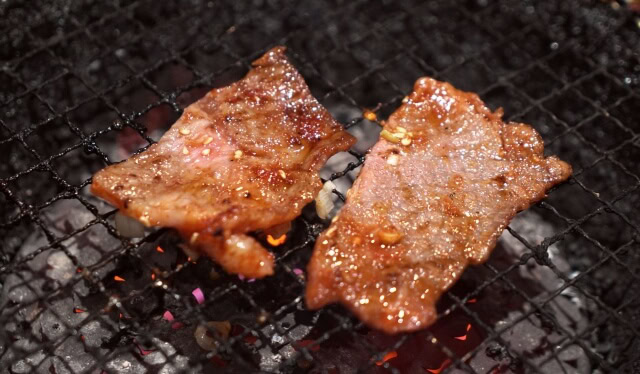
Common Japanese style of yakiniku, drawing heavy influences from Korean dishes such as bulgogi and galbi, became widespread in Japan during the 20th Century. Karubi or baraniku — short ribs. From the Korean word “galbi”. In Japan, locals usually served this without the bones, unless it is hone-tsuki-karubi. Karubi is firmly part of Japanese yakiniku culture but Kalbi means “Ribs” in Korean and the style originated in Korea. Popular dishes at yakiniku restaurants include horumon and kalbi. Kalbi, a beef dish with roots in Korea, gained popularity in Japan after the war and especially surged in the 1980s during the Korean boom. Originally developed in response to post-war food shortages, kalbi has become a beloved menu staple at Japanese izakayas today.
Cooking Methods of Karubi in Japan
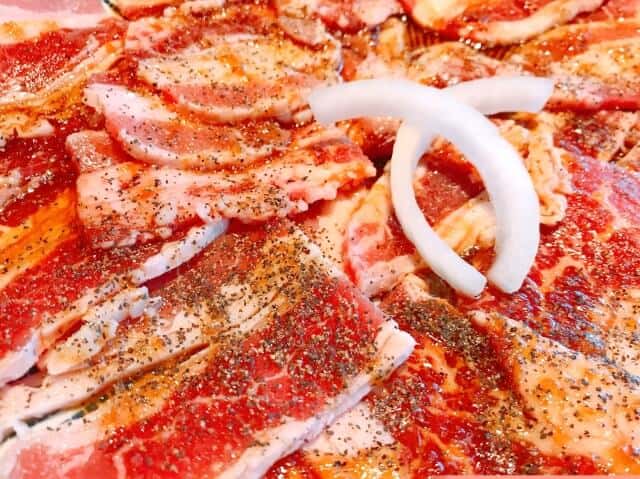
For those seeking exceptionally marbled pieces, “sankaku karubi” or “jo-karubi” are recommended choices. Grill karubi for optimal flavor. Cook it 80 percent on one side. This develops a nice grilled color. Then cook 20 percent on the other side. Karubi has high marbling content. Even thin slices, about 3 mm thick, cook quickly. These can be ready to flip in just 10 seconds. This makes karubi perfect for yakiniku.
Kalbi is immensely popular at izakayas, but its flavor and texture can vary significantly depending on factors like fat content, moisture level, and the type of cattle used, all influenced by different regions. Another crucial aspect is how it complements offal. For instance, in the Kanto region, it’s typical to wrap kalbi in pork offal and other cuts, often paired with sweet and spicy sauces for a harmonious blend. Conversely, in Kansai, kalbi is less commonly serve with offal and enjoyed with a more savory profile. Cooking methods also differ; while grilling is popular in Kanto, charcoal grilling reigns in Kansai.
Recommended parts of Kalbi
Shoulder Belly
Triangular ribs: A rare and especially tasty part of the ribs. It is a triangular cut of the shoulder ribs (1st to 6th ribs) and contains a lot of fat (sashi), allowing you to fully enjoy the flavor of the meat and the sweetness of the fat.
Tomo-bara
Tomo-bara: A rib with the middle part between the ribs, also called “geta-karubi” because the shape of the cut resembles a geta (geta). It is a popular part of the meat with a lot of fat, but with a strong flavor and tenderness.
Kainomi: Part of the middle ribs, this is the part of the ribs closest to the fillet. Named for the shellfish-like shape of the cut, it is very tender and has a refreshing flavor with the chewy texture of lean meat.
MISUJI: A rare part of the shoulder ribs located below the shoulder blade. People call it “misuji” (three stripes) because three stripes run through the center of the meat and above and below the center. The meat has marbling and a tender texture.
These parts represent kalbi most popularly. Diners enjoy them in various recipes. Each recipe highlights their individual characteristics. Yakiniku restaurants highly value triangular ribs and chubu kalbi. Chefs also use them in steaks and sukiyaki. Many other dishes feature these cuts.
Karubi FAQ
- What is the food culture of karubi in Japan?
Karubi is prized for its tenderness. It has a rich flavor. It’s a favorite for grilling at the table. Diners can cook it over charcoal or gas. They can achieve their preferred doneness. Locals make this dish from beef rib cuts. They either grill or stew the meat. A sweet and spicy sauce accompanies it. This sauce adds to its popularity. They also eat these dishes at drinking parties and banquets at izakayas.
- How is karubi typically prepared and served in Yakiniku restaurants?
Locals marinate karubi in various sauces or season it with salt and pepper before grilling. In yakiniku restaurants, diners grill the slices themselves. They serve the meat with dipping sauces like sesame or ponzu. Karubi also features in hotpots and stir-fries, showing its versatility in Japanese cuisine.
Where to buy Karubi in Japan?
Ogibashi (扇橋本店)
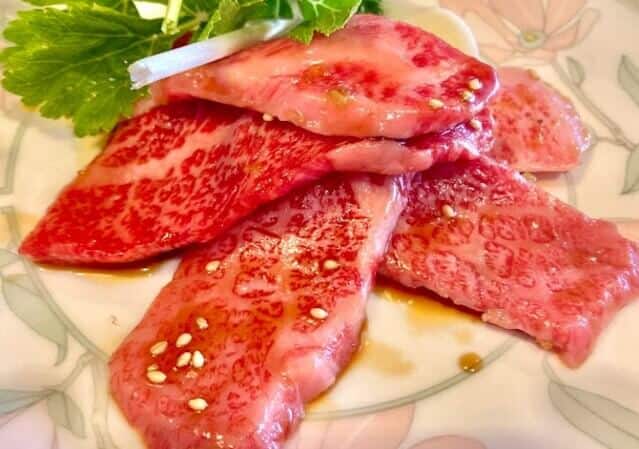
Their “Kalbi Sanmai” costs 4,380 yen. It lets you compare five different types of kalbi. These include top, middle cut, and bone. They offer about 300g of premium kalbi. You can choose from premium loin, top-grade kalbi, or sirloin. Rib loin and fillet are also available. They serve top-grade loin as well. Mid-calvestment kalbi is another option.They offer salt, ponzu, and wasabi soy sauce, so please enjoy it however you like.
Ginza Yamashina (銀座 山科)
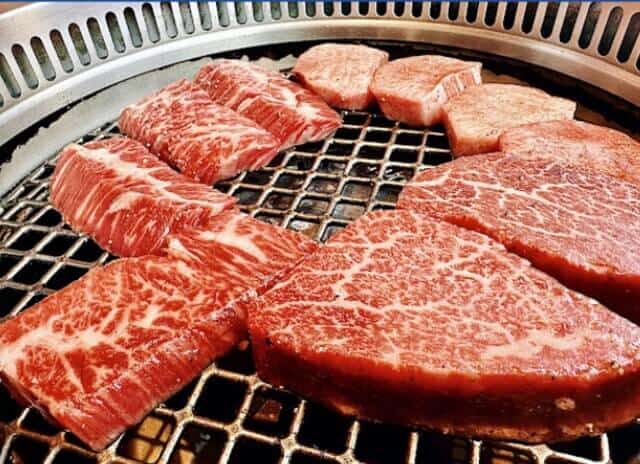
Ginza Yamashina is conveniently located, just a minute’s walk from Ginza Station. We use carefully selected high-quality Japanese black beef. You can enjoy meat prepared to bring out the full flavor of the meat through the skill of our craftsmen. We have a wide variety of drinks available, including a wide selection of wines, original cocktails, and soft drinks.
Takeaway
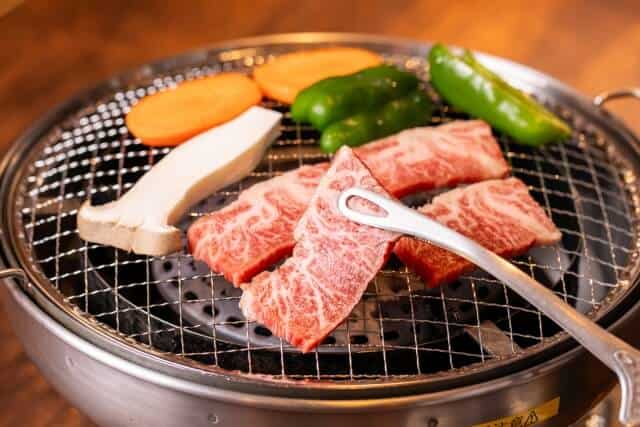
We hope this article has enriched your understanding of this iconic beef cut in Japanese cuisine. Karubi originates from Korean cuisine. It’s known for its intricate marbling. The art of grilling karubi is central to yakiniku dining. Karubi represents a pinnacle of beef enjoyment. Japanese culinary traditions offer more to explore. For example, consider natto. This dish showcases nuanced fermentation methods. Expand your palate and knowledge, embracing these cultural delights one bite at a time.
You can check some Japanese tea drinks below that we know you would like to try too.


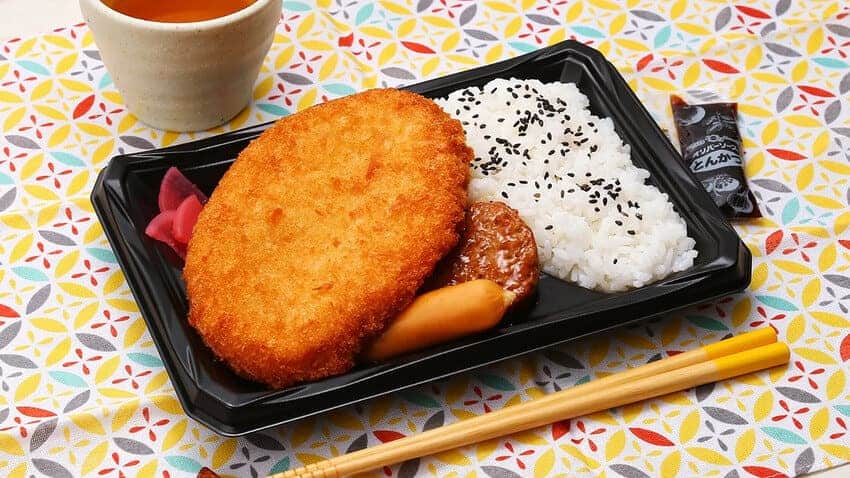



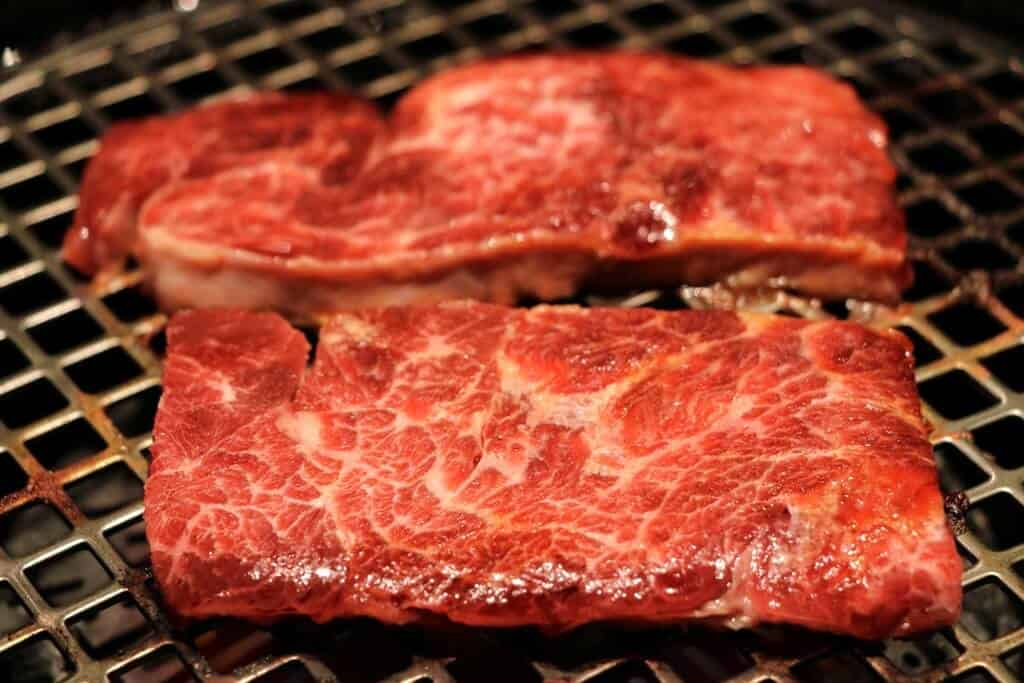
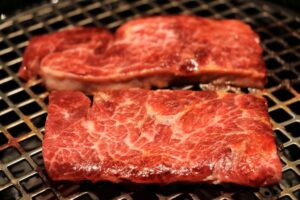
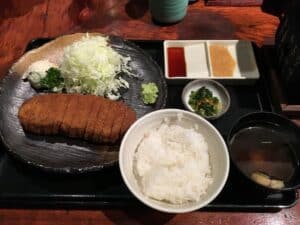
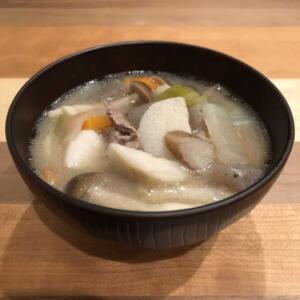
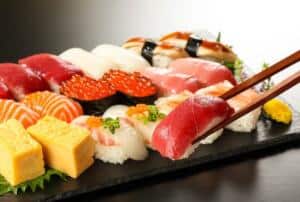
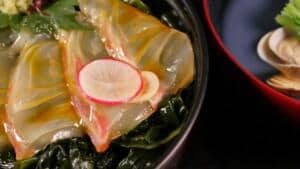
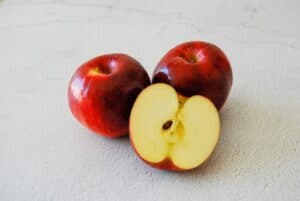
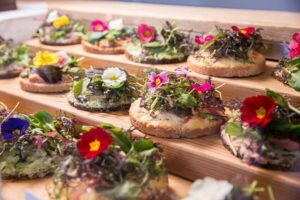
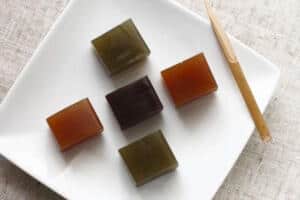
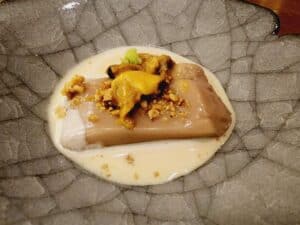
Comments